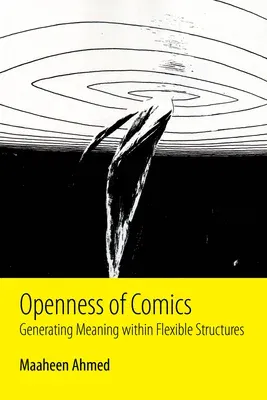Never before have comics seemed so popular or diversified, proliferating
across a broad spectrum of genres, experimenting with a variety of
techniques, and gaining recognition as a legitimate, rich form of art.
Maaheen Ahmed examines this trend by taking up philosopher Umberto Eco's
notion of the open work of art, whereby the reader--or listener or
viewer, as the case may be--is offered several possibilities of
interpretation in a cohesive narrative and aesthetic structure. Ahmed
delineates the visual, literary, and other medium-specific features used
by comics to form open rather than closed works, methods by which comics
generate or limit meaning as well as increase and structure the scope of
reading into a work.
Ahmed analyzes a diverse group of British, American, and European
(Franco-Belgian, German, Finnish) comics. She treats examples from the
key genre categories of fictionalized memoirs and biographies, adventure
and superhero, noir, black comedy and crime, science fiction and
fantasy. Her analyses demonstrate the ways in which comics generate
openness by concentrating on the gaps essential to the very medium of
comics, the range of meaning ensconced within words and images as well
as their interaction with each other.
The analyzed comics, extending from famous to lesser known works,
include Will Eisner's The Contract with God Trilogy, Jacques Tardi's It
Was the War of the Trenches, Hugo Pratt's The Ballad of the Salty Sea,
Edmond Baudoin's The Voyage, Grant Morrison and Dave McKean's Arkham
Asylum, Neil Gaiman's Sandman series, Alan Moore and Eddie Campbell's
From Hell, Moebius's Arzach, Yslaire's Cloud 99 series, and Jarmo
Mäkilä's Taxi Ride to Van Gogh's Ear.


